Search
Search Results
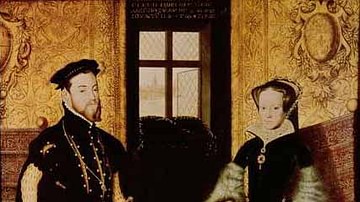
Image
Philip II of Spain & Mary I of England
A 1558 CE painting by Hans Eworth showing Philip II of Spain (r. 1556-1598 CE) and Mary I of England (r. 1553-1558 CE) who were married from 1554 CE until Mary's death in 1558 CE. (Woburn Abbey Collection, England)
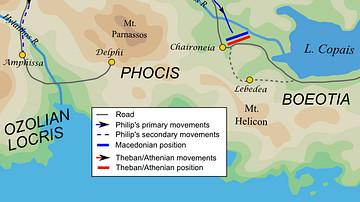
Image
Philip II of Macedon's 339 BC Campaign
Map of Philip II of Macedon's campaign in Greece, 339 BC
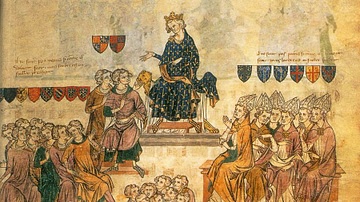
Image
Philip VI Presiding Over the Lawsuit of Robert of Artois
A 14th century CE manuscript illustration showing Philip VI of France (r. 1328-1350 CE) presiding over the lawsuit of Robert III of Artois. (MS fr: 18437, National Library of France, Paris)
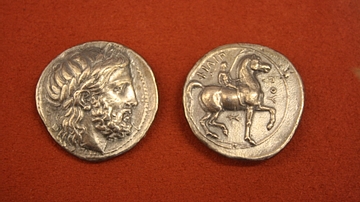
Image
Philip II, Macedonian Silver Tetradrachm
Macedonian silver tetradrachm from the reign of Philip II, 359-336 BCE. O: Head of Zeus. R: Horseman carrying a palm branch.
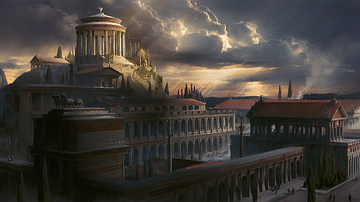
Definition
Amphictyonic League
The Amphictyonic League was an early form of religious council in ancient Greece. It was typically composed of delegates from several tribes or ethnes living in the vicinity of a major, prosperous sanctuary, who then collaborated in supervising...
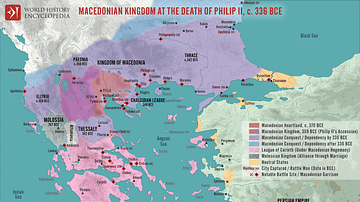
Image
The Macedonian Kingdom at Philip II's Death, c. 336 BCE
This map illustrates the state of the Macedonian Kingdom at the time of Philip II's death in 336 BCE, a powerful and unified state in northern Greece, poised to dominate the ancient world. Through military reform, strategic diplomacy, and...
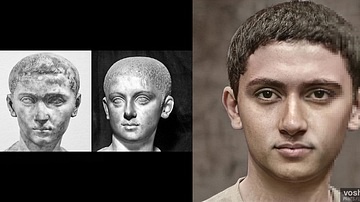
Image
Philip II of Rome (Artistic Facial Reconstruction
A photorealistic representation of what the Roman emperor Philip II (r. 247-249 CE) may have looked like. The young emperor was elevated to co-emperor by his father in 247 CE at the age of 10. Based on contemporary and near contemporary descriptions...
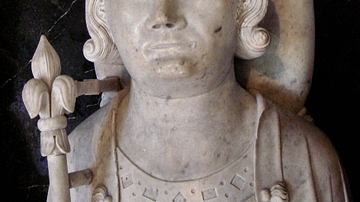
Image
Philip IV of France
Philip the Fair (r. 1285-1314 CE), Saint-Denis Basilica.

Image
Roman Emperor Philip the Arab
Marble head of Roman Emperor Philip the Arab, from Rome, 244-249 CE. (Ny Carlsberg Glyptotek, Copenhagen)
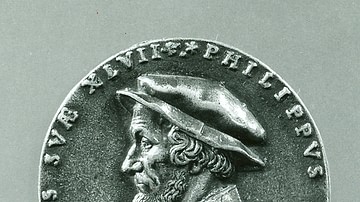
Image
Philip Melanchthon Medal
A medal portraying a German philosopher Philip Melanchthon (1497-1560). Copper alloy with warm brown patina, created by Friedrich Hagenauer around 1543.
Metropolitan Museum of Art, New York.